The CMP Review — Week of January 22
January 22, 2024
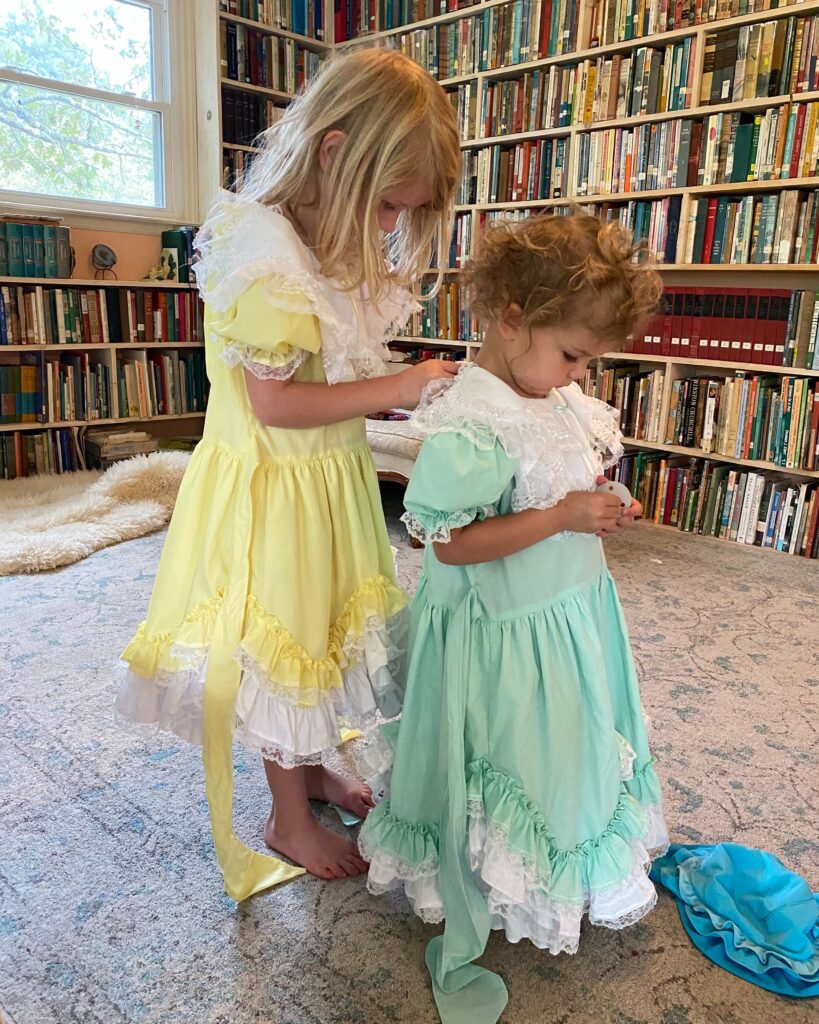
“If we want to make a dress or to make a cake we find a pattern or a recipe. Where shall we find a recipe to follow if we wish to make peace? It is hard to find. A good recipe tells us what to use, how to use it. ‘Take such and such, mix —, bake in a — oven, for so many minutes or hours.’ If some good angel gave a recipe for peace he would say: — ‘Take an ordinary family, mix it with love and understanding and bake it in your homes for every day of every year.’” (Essex Cholmondeley, Parents Are Peacemakers)
@tessakeath
January 23, 2024
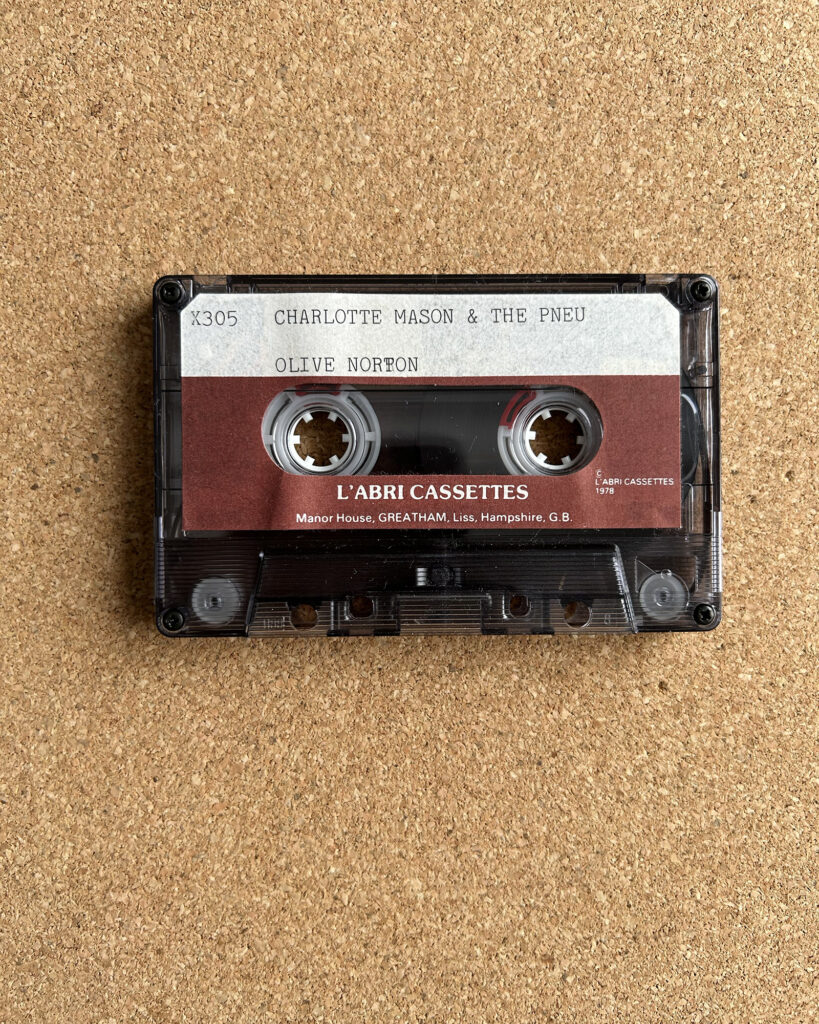
Two weeks ago we met Olive Norton, the homeschool mother who taught her daughter at home all the way through the secondary level. Then we learned that after graduating her daughter, Mrs. Norton became the headmistress of a small PNEU school.
On a fateful January day in the early 1970s, two girls visited that school. Their names were Margaret and Kirsteen. Their mother recalled that it “was a small PNEU school, run in a classroom built onto the back of someone’s private home, looking into an English country garden.” The mother then described what happened when the girls got home:
After the first day, Kirsteen came home glowing with life and interest. “We had the most exciting story today, but Mrs. Norton stopped at just the wrong place. I can’t wait to hear the next part of the story!” And what was this exciting, vitalizing story? To my astonishment, it was Pilgrim’s Progress, read to them in the original.
Kirsteen’s mother was intrigued and spoke with the headmistress. Years later she would write, “Thank you, Olive Norton, for introducing us to Charlotte Mason in the first place.” Kirsteen’s family was deeply involved in L’Abri and wanted to introduce Charlotte Mason to the wider community. What better way than to invite Mrs. Norton to speak? And so she did. And the lecture was recorded.
The name of Kirsteen’s mother is Susan Schaeffer Macaulay. Macaulay went on to write For the Children’s Sake, the book that introduced countless parents and teachers around the world to Charlotte Mason. But why not hear the voice of the woman that introduced Charlotte Mason to her? It is the voice that reignited a revolution, and now you can hear it here.
@artmiddlekauff
January 24, 2024

Last week, Annia G asked my thoughts about her son’s wish to read Great Expectations/Grandes Esperanzas.
Each child is different, but my youngest son chose to read Great Expectations in high school. He loved it and it was evident in his narrations. We don’t get to decide which ideas light upon our teens, but mine found in Joe a man of noble character whose generosity, fortitude, and heart shone brightly despite his inadequate powers of verbal and written expression. In Pip, he saw how a person could either embrace or rise above how others define us.
Charlotte Mason speaks often about the spiritual nature of the mind and of ideas. In Philosophy of Education she tells us that when we bring together the natures of children and of knowledge, “a new product appears, a person of character and intelligence, an admirable citizen whose own life is too full and rich for him to be an uneasy member of society.”
A note on the historical side: PNEU programmes show Form 5 students were given a choice between Dickens, Austen, and Thackeray each term for Literature when British History of the 1800’s was being studied. My teens really enjoyed getting to choose between a list of authors & novels in our homeschool, too.
@rbaburina
January 25, 2024
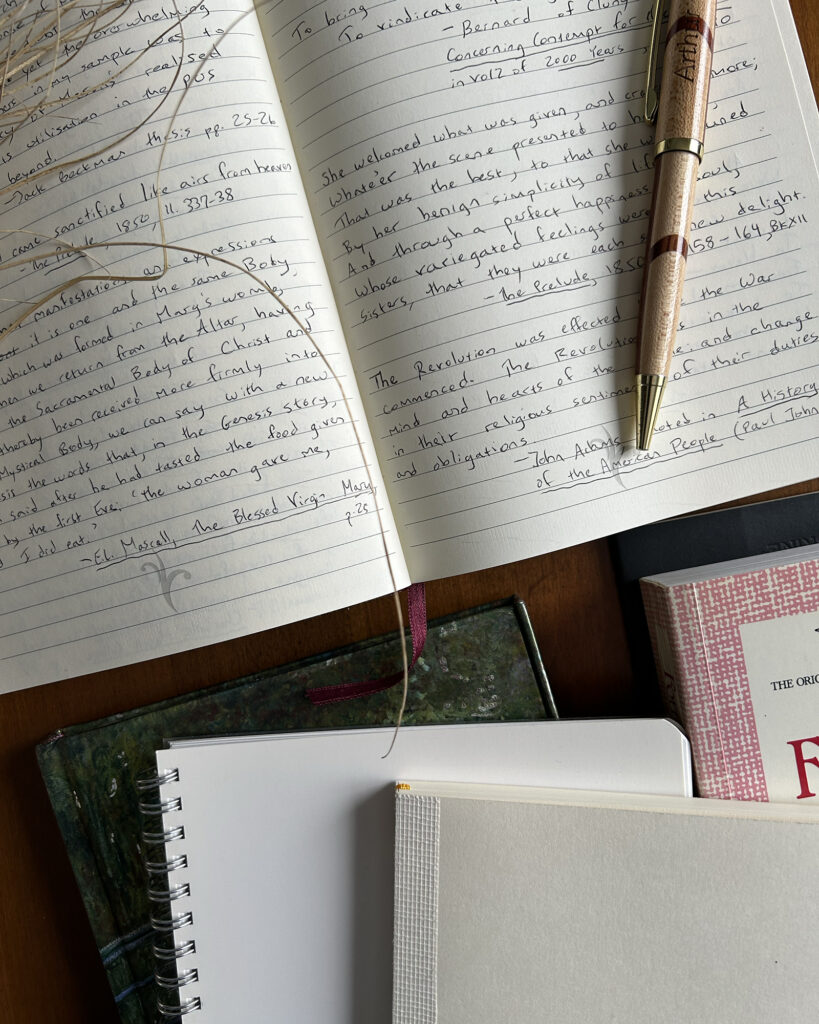
Charlotte Mason’s eighth and final lecture in the winter of 1885–1886 included this thought: “It is very helpful to read with a commonplace book or reading-diary, in which to put down any striking thought in your author.” Could Miss Mason have known then that her words of counsel earnestly spoken at St. Mark’s in Manningham would become formalized in the Forms V and VI programmes decades later? There we read: “Keep a Commonplace Book for passages that strike you particularly.” It is right there in the Literature section, no more optional than learning “a hundred lines of poetry.”
I once questioned why I should keep a commonplace book, given that I routinely store and classify quotes digitally as part of my own learning, reflection, and research. My friend responded that something different happens when you engage hand and eye to write letters and words rather than to tap shortcuts for copy and paste. Now many years into the practice, I can testify that my friend was right. But there has proven to be another difference. In my weekly ritual to write in my commonplace, I think back on my reading from the week. I usually write something that does not end up in my electronic store. It’s not a means to end. I write something intriguing, inspiring, or beautiful. It’s an end in itself.
For years my son has watched me write in my commonplace as he writes and draws in his book of centuries. Now that he has entered Form V, I told him it was time for him to start his own commonplace book. I wanted to respect his personhood and let him choose whatever kind of journal he might like. I showed him examples of all the popular styles of journals that I know. I expected at least one to suit his fancy.
After looking at all the examples and thinking it over carefully he said with crisp finality, “Dad, I want a commonplace just like yours.” To my surprise I found yet another benefit to keeping a commonplace all those years. All this time I was unknowingly modeling a practice for a young man who wants to be like me.
@artmiddlekauff
January 26, 2024
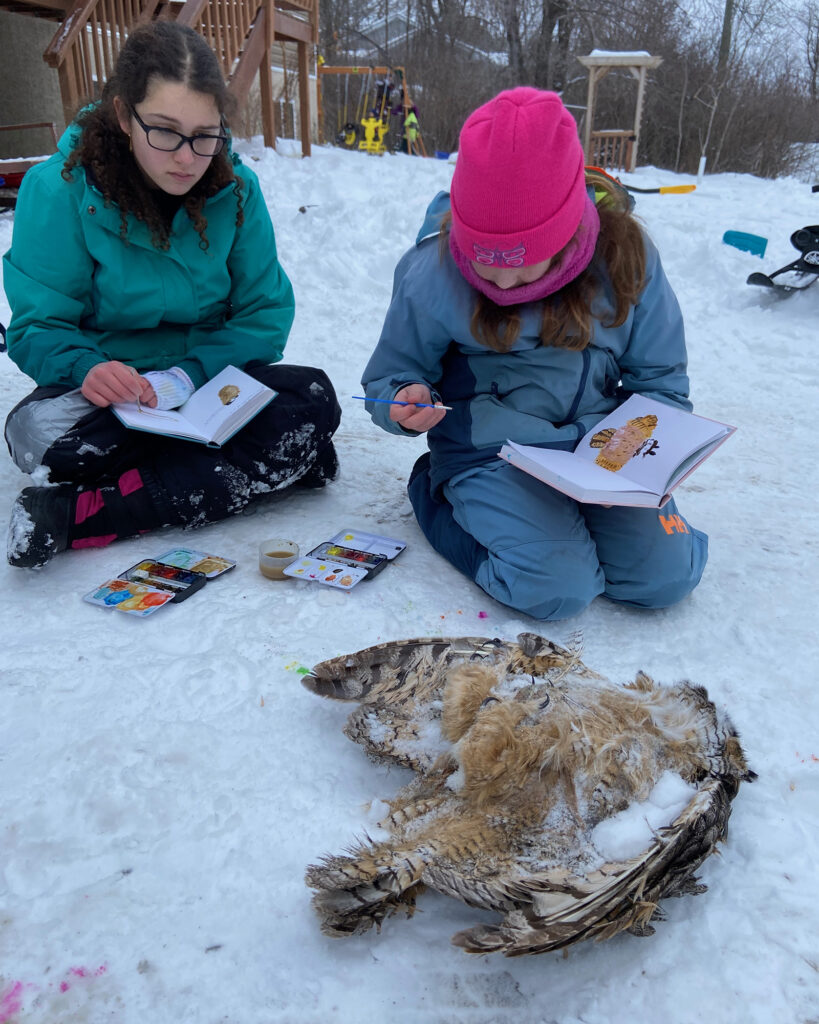
Our friends were out for a romp in the forest and they happened upon this frozen, very intact, great horned owl on the forest floor.
 Of course, we had to gather to look carefully at this amazing creature and record some of our observations in our nature notebooks.
Of course, we had to gather to look carefully at this amazing creature and record some of our observations in our nature notebooks.
What an amazing opportunity to get up close to this majestic bird of prey.
And look at those talons!
@antonella.f.greco
January 27, 2024
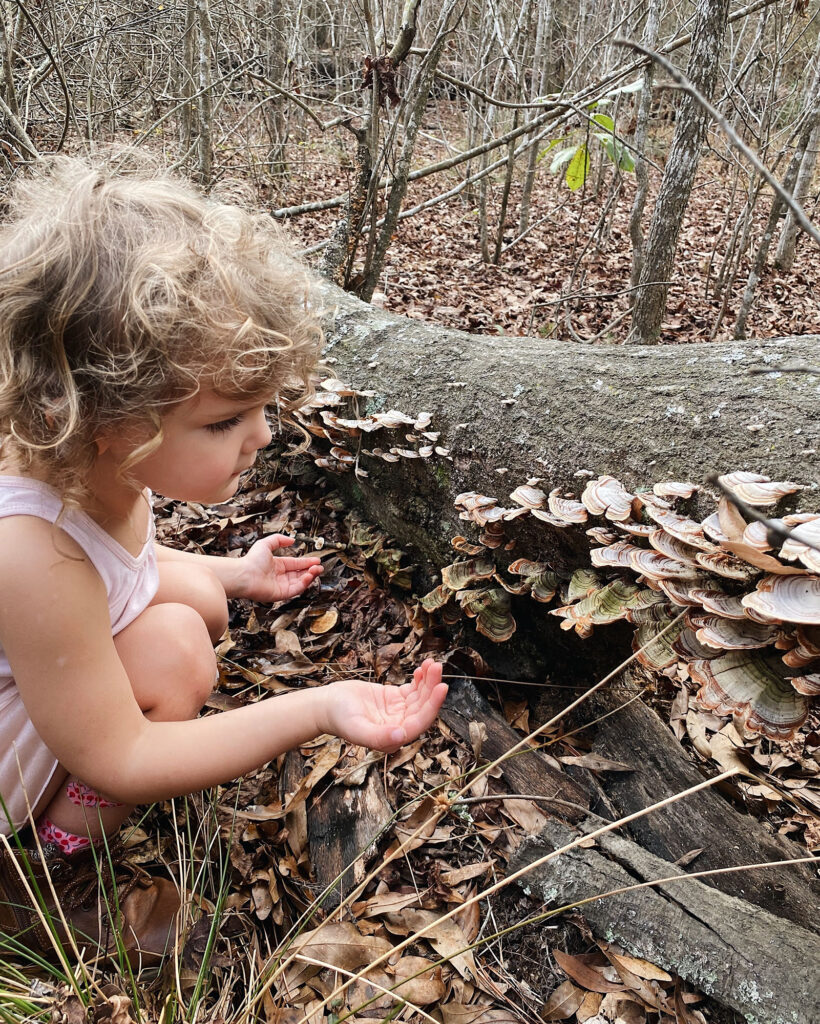
While on a walk recently, we stumbled upon a log covered in turkey tail mushrooms. My two-year-old, wide-eyed and in her leotard hiking clothes, proclaimed them “butterflies!” It brought to mind a Mason quote:
The flowers, it is true, are not new; but the children are; and it is the fault of their elders if every new flower they come upon is not to them a Picciola, a mystery of beauty to be watched from day to day with unspeakable awe and delight. (Vol. 1, p. 53)
Watching her explore this unfamiliar sight allowed me to see it with new eyes, through the lens of wonder and discovery.
@tessakeath
January 28, 2024
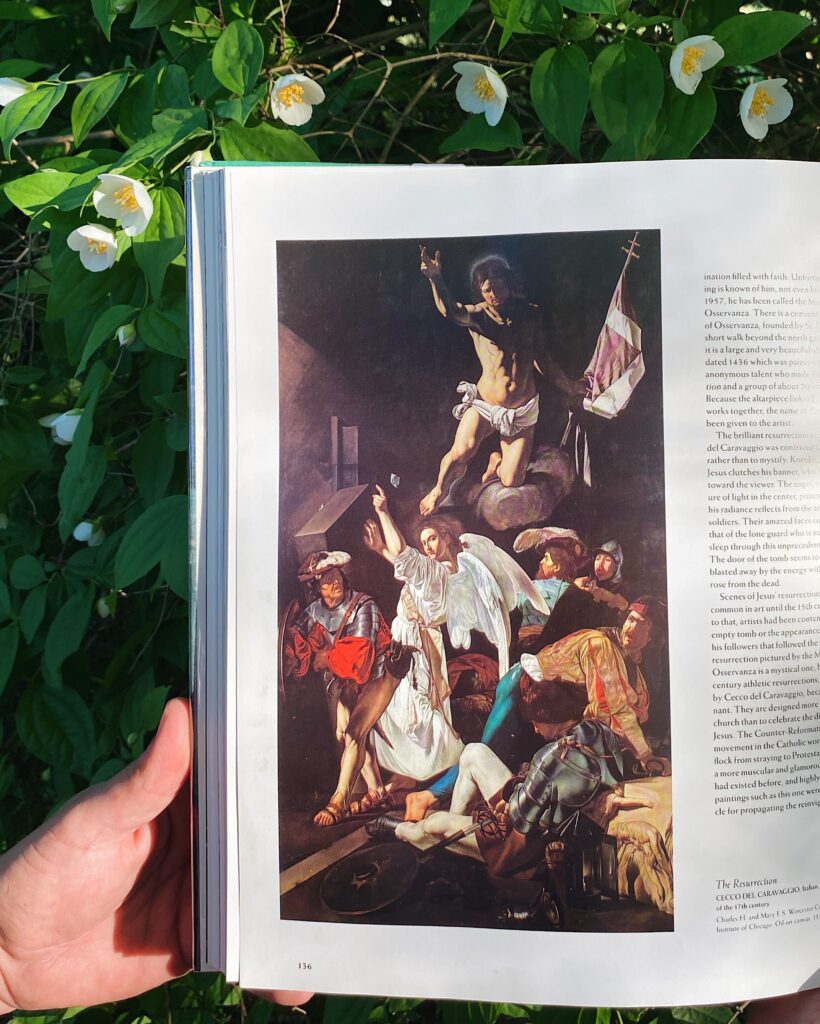
Martha bore a grief deeper than anyone could know. Jesus offered her these words: “Your brother will rise again.” It’s not what Martha wanted to hear. She didn’t want some solution for some far off day. She wanted a solution for her grief right now.
N.T. Wright explains what happened next:
[Martha] isn’t prepared for Jesus’ response. The future has burst into the present. The new creation, and with it the resurrection, has come forward from the end of time into the middle of time. Jesus has not just come, as we sometimes say or sing, ‘from heaven to earth’; it is equally true to say that he has come from God’s future into the present, into the mess and muddle of the world we know. ‘I am the resurrection and the life,’ he says. ‘Resurrection’ isn’t just a doctrine. It isn’t just a future fact. It’s a person, and here he is standing in front of Martha, teasing her to make the huge jump of trust and hope.
Resurrection is a person. And He’s here right now. Read Charlotte Mason’s reflections on one of the most memorable phrases Jesus ever spoke. Find it here.
@artmiddlekauff